Abstract:
The exploration of consciousness, evolution, and the biology of the human experience has long been a subject of fascination and inquiry. Drawing upon a diverse array of sources ranging from ancient wisdom traditions to cutting-edge scientific research, this article delves into the profound interplay between biology, consciousness, and human evolution. By examining the Bhagavad Gita, insights from near-death experiences (NDEs), and the perspectives of renowned biologists, such as Francis Crick and Alfred Russell Wallace, we uncover a rich tapestry of knowledge that sheds light on the fundamental nature of existence and the potential for human evolution.
Introduction:
In recent times, there has been an increasing fascination with exploring the complex interplay between biology, consciousness, and evolution. Ancient wisdom traditions like the Bhagavad Gita provide profound insights into the essence of consciousness and its impact on human existence. Simultaneously, contemporary scientific investigations, such as those delving into near-death experiences and the genetic determinants of behaviour, contribute to a deeper comprehension of the biological foundations of consciousness and evolutionary processes. By integrating these varied perspectives, we stand to attain a more holistic understanding of the human experience and the possibilities for the intentional evolution of consciousness.
Biology of Consciousness:
The Bhagavad Gita provides profound insights into the nature of consciousness, portraying it as the essence of the spiritual self, or soul, which permeates all aspects of existence. This understanding resonates with the idea that consciousness is not merely a product of the brain but rather a fundamental aspect of reality itself.
In the Gita, consciousness is described as existing in four distinct states: wakefulness, ordinary sleep, deep dreamless sleep, and spiritual trance. These states correspond to different levels of awareness and connection with the soul. For example, wakefulness represents the state where consciousness is fully extended to the physical body, allowing for sensory perception and interaction with the external world. Ordinary sleep involves a withdrawal of consciousness from the physical body, leading to a state of rest and recuperation. Deep dreamless sleep is characterized by the absence of any conscious experience, indicating a state of profound restfulness where the soul is disconnected from both the body and the mind. Finally, spiritual trance, or samadhi, represents the highest state of consciousness where the soul is fully absorbed in divine realization, transcending all material limitations.
The concept of near-death experiences (NDEs) provides empirical support for the Gita’s teachings on consciousness. During NDEs, individuals often report vivid perceptions and experiences while their physical bodies are clinically unconscious. These accounts suggest that consciousness can function independently of the body and brain, supporting the idea that consciousness is not confined to physical existence but rather exists beyond it.
The Bhagavad Gita offers a comprehensive framework for understanding consciousness, highlighting its profound connection to the spiritual essence of the self and its ability to transcend the limitations of the physical realm. Through its teachings, the Gita invites individuals to explore the depths of their consciousness and realize their true spiritual nature.
Insights from Biology:
Modern biology, with its emphasis on understanding the mechanisms underlying consciousness, often adopts reductionist perspectives, such as that proposed by Francis Crick. Crick’s view suggests that consciousness arises solely from the electrochemical activity of the brain, reducing it to a mere byproduct of neural processes. However, this reductionist approach overlooks the profound interconnectedness between consciousness and the broader fabric of existence, as elucidated in the Bhagavad Gita.
The Gita offers a holistic perspective on consciousness, portraying it as the energy of the spiritual essence, or soul, which transcends the physical body. According to the Gita’s teachings, consciousness is not confined to the brain but permeates all levels of existence, from the physical to the spiritual. This understanding challenges reductionist interpretations of consciousness by emphasizing its inherent connection to the divine and its role in shaping human experience.
Alfred Russell Wallace, a contemporary of Charles Darwin, proposed a more holistic view of evolution that aligns closely with the teachings of the Gita. Wallace suggested that the human brain possesses latent capacities for higher intelligence and cultural expression, which cannot be fully explained by mechanistic theories of evolution alone. Instead, he proposed that these capacities reflect the unfolding of consciousness through the evolutionary process, echoing the Gita’s concept of conscious evolution.
By integrating insights from the Bhagavad Gita with modern biological perspectives, we can gain a deeper understanding of the biology of consciousness and its relationship to evolution. Rather than viewing consciousness as a mere epiphenomenon of neural activity, we can recognize it as a fundamental aspect of reality that transcends the limitations of the physical body. This holistic approach not only enriches our understanding of consciousness but also opens new avenues for exploring the profound mysteries of existence.
Evolution and Consciousness:
The Bhagavad Gita presents a profound vision of human evolution that goes beyond mere physical adaptation and survival. It suggests that humanity’s evolutionary journey is fundamentally about the exploration and expansion of consciousness. According to the Gita, this journey involves transcending ego-centric selfishness and realizing a state of universality and freedom.
In the Gita’s vision, evolution is not just a mechanistic process driven by random chance and natural selection. Instead, it is a purposeful unfolding of consciousness, guided by the soul’s journey towards self-realization and spiritual enlightenment. The Gita teaches that the ultimate goal of human life is to transcend the limitations of the individual ego and reclaim the liaison with the universal consciousness, known as Brahman/ Paramātmā or Bhagavān.
This vision of evolution aligns with emerging biological perspectives, which suggest that humanity’s further evolution may involve a profound transformation of consciousness. Biologists like Alfred Russell Wallace proposed that human evolution extends beyond physical adaptation and includes the development of higher mental and spiritual faculties. Wallace believed that humanity’s evolutionary potential includes the realization of higher values and ideals, leading to a more harmonious and enlightened civilization.
Similarly, the Gita anticipates a future civilization characterized by universality and freedom, where individuals transcend their narrow self-interests and identify with the universal consciousness. This vision of a superior civilization is not based solely on material progress or technological advancement but on the evolution of consciousness itself.
By integrating insights from the Bhagavad Gita with modern biological perspectives, we can envision a future where humanity’s evolutionary journey leads to a deeper understanding of the interconnectedness of all life and the realization of our essential unity with the cosmos. This holistic approach to evolution recognizes the inherent spiritual dimension of human existence and offers a path towards greater harmony, compassion, and enlightenment for individuals and societies alike.
Conclusion:
In conclusion, the intersection of biology, consciousness, and evolution presents a captivating voyage into the essence of human existence and possibility. Through the fusion of ancient wisdom with contemporary scientific inquiry, we unearth profound insights into the interwoven tapestry of life and the evolutionary odyssey of consciousness. As we peel back the layers of mystery surrounding existence, we stand at the threshold of a transformative expedition towards conscious evolution.
By synthesizing the timeless wisdom of traditions like the Bhagavad Gita with the cutting-edge discoveries of modern science, we gain a richer comprehension of the unity inherent in all living beings and the evolutionary trajectory of consciousness itself. This integration of perspectives offers us a roadmap to navigate towards a more harmonious and enlightened world.
As we venture forth on this journey, unravelling the enigmas of our existence, we are poised to unlock the latent potentialities within ourselves and society. Through conscious evolution, we have the opportunity to transcend the limitations of the past and usher in a future characterized by interconnectedness, compassion, and enlightenment. In embracing this collective endeavour, we embark on a path towards realizing the full spectrum of human potential and shaping a world that reflects the highest aspirations of our shared humanity.
Views: 78
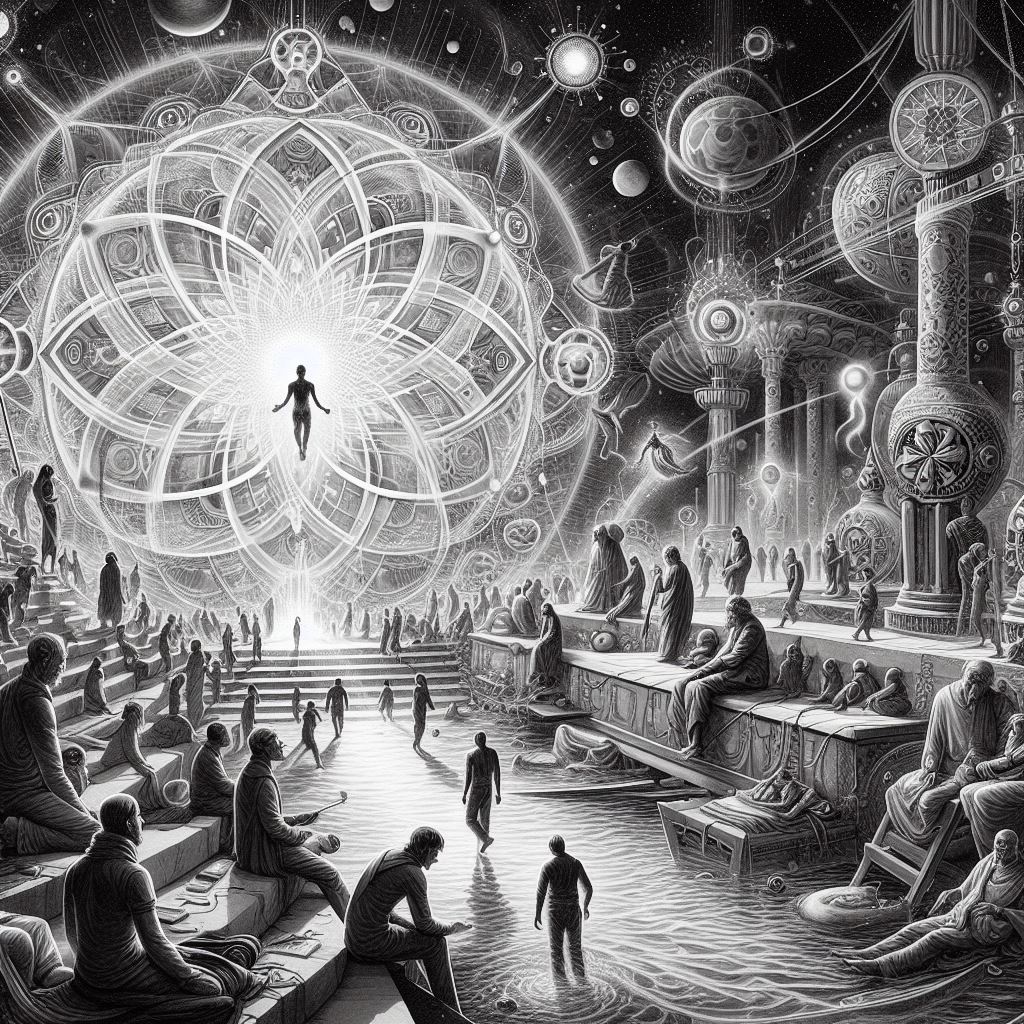
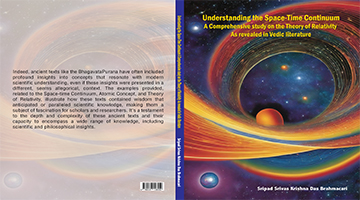
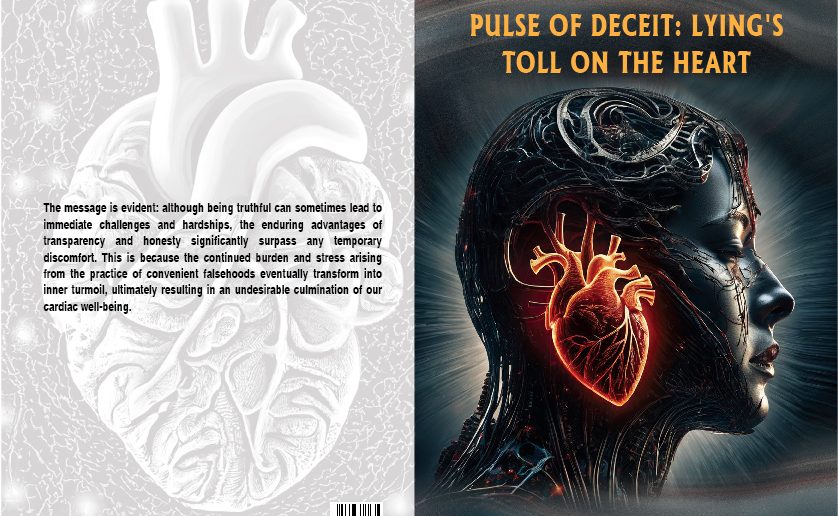
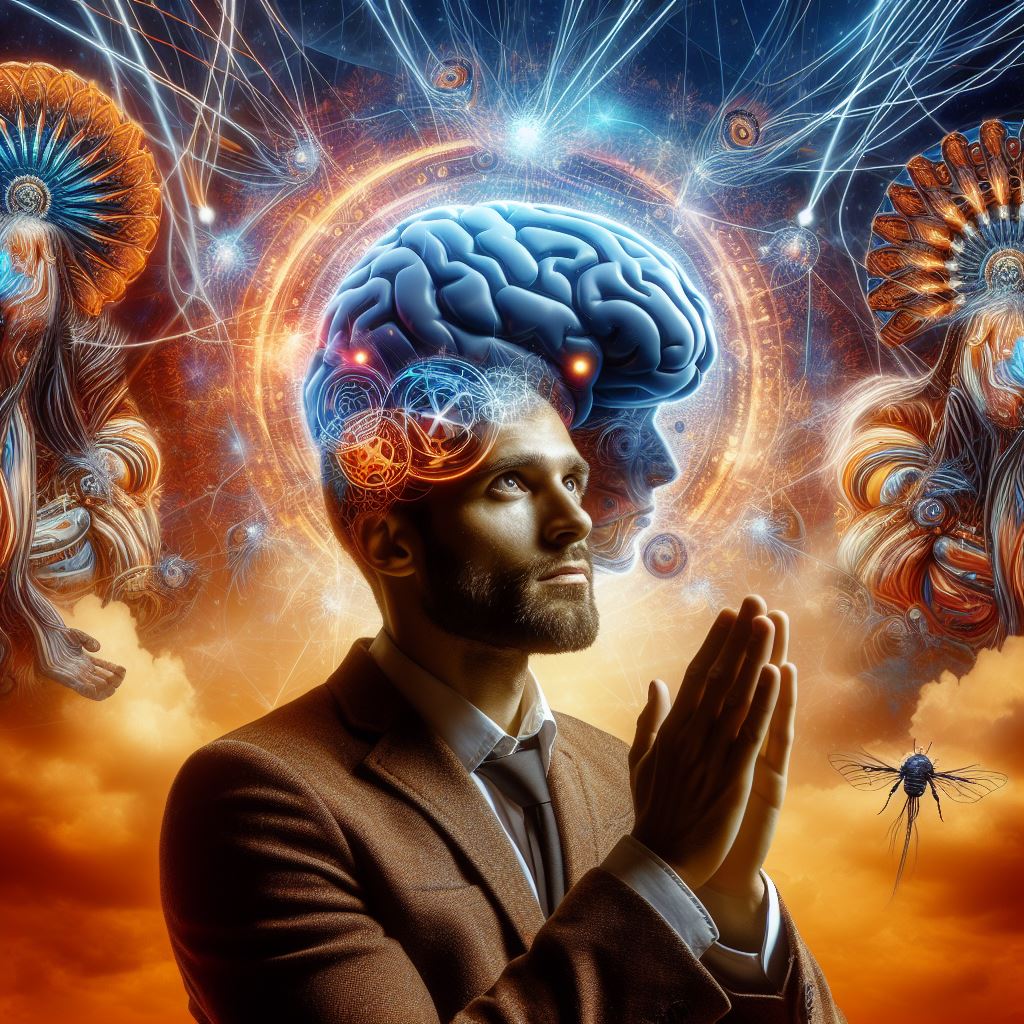











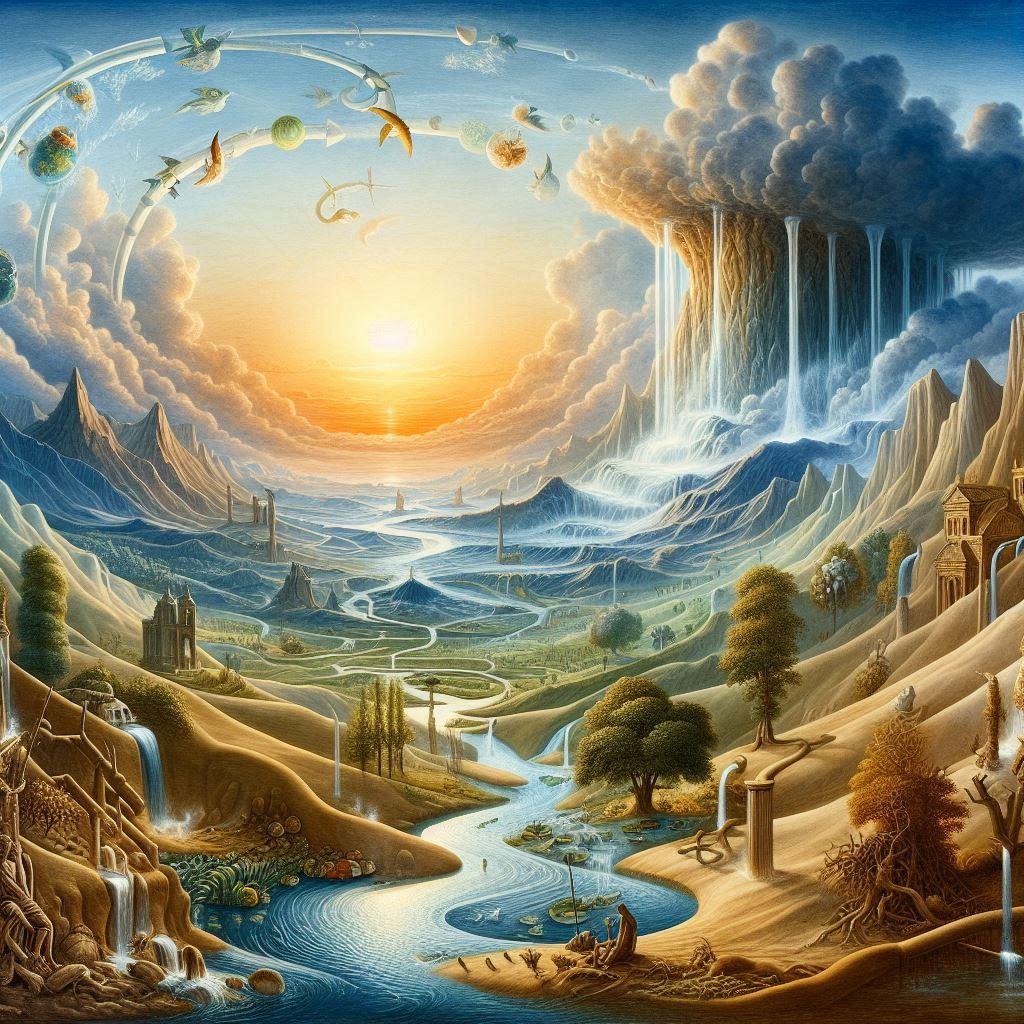






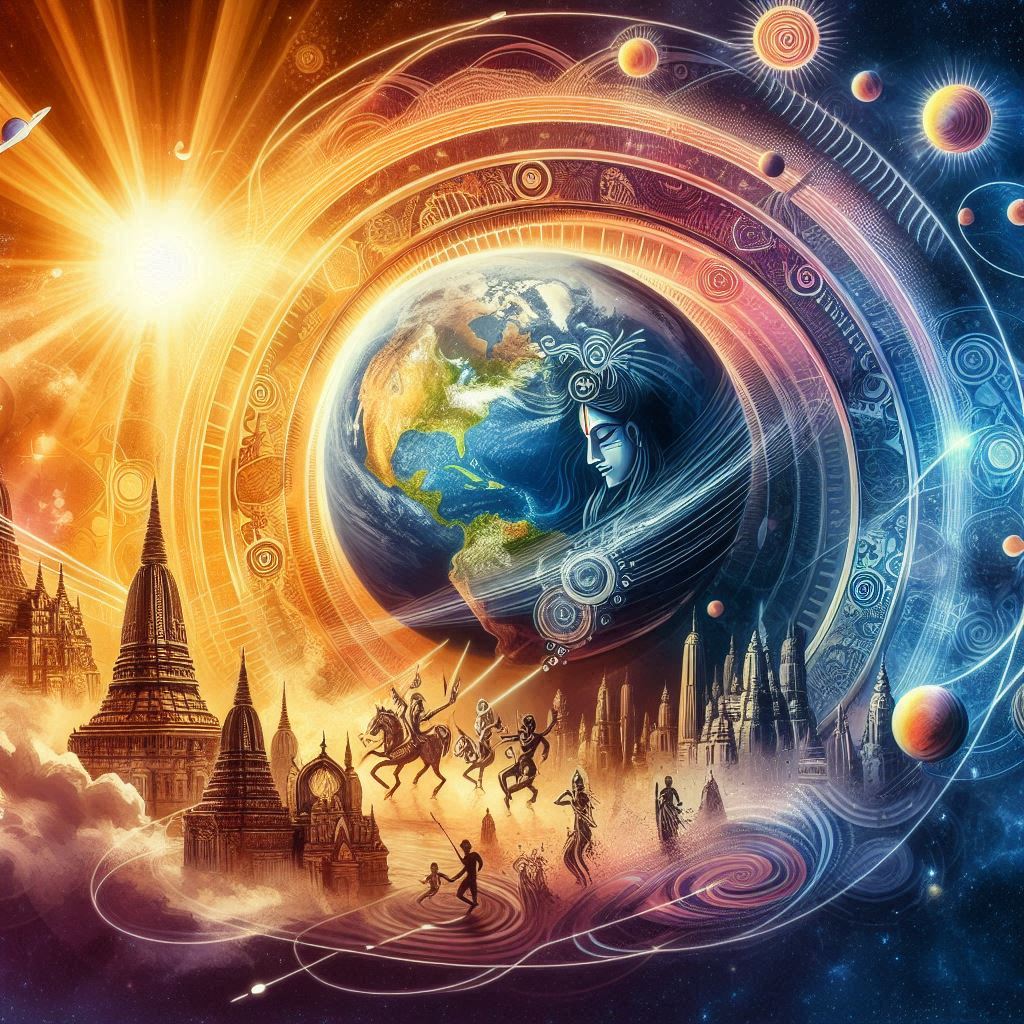

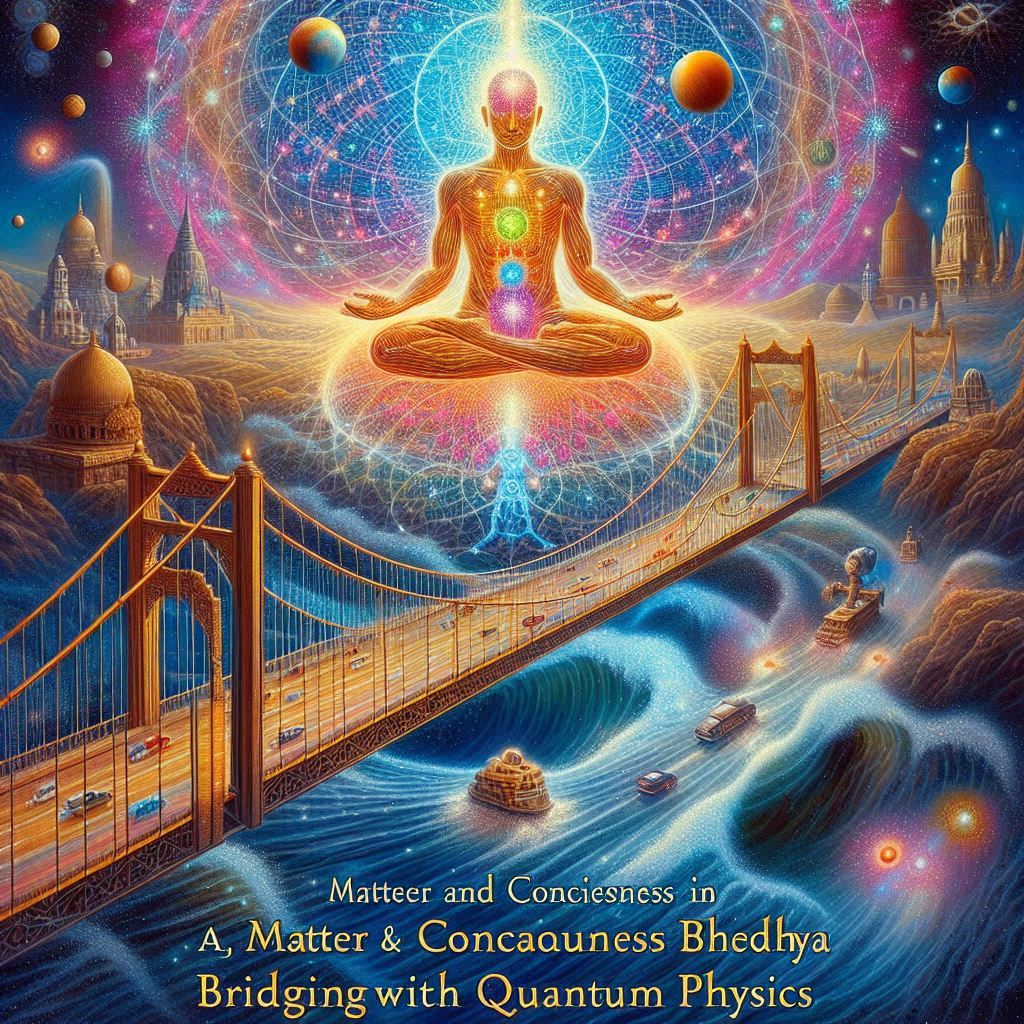
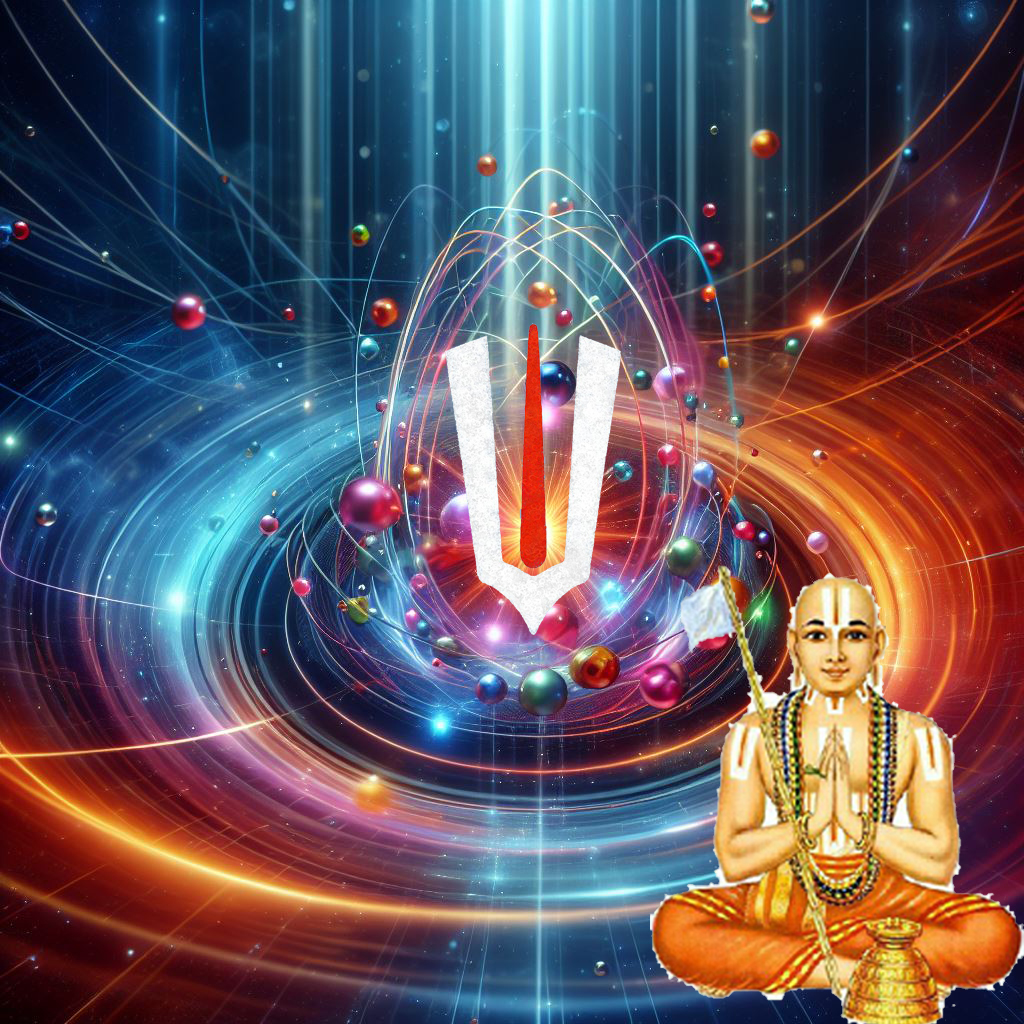
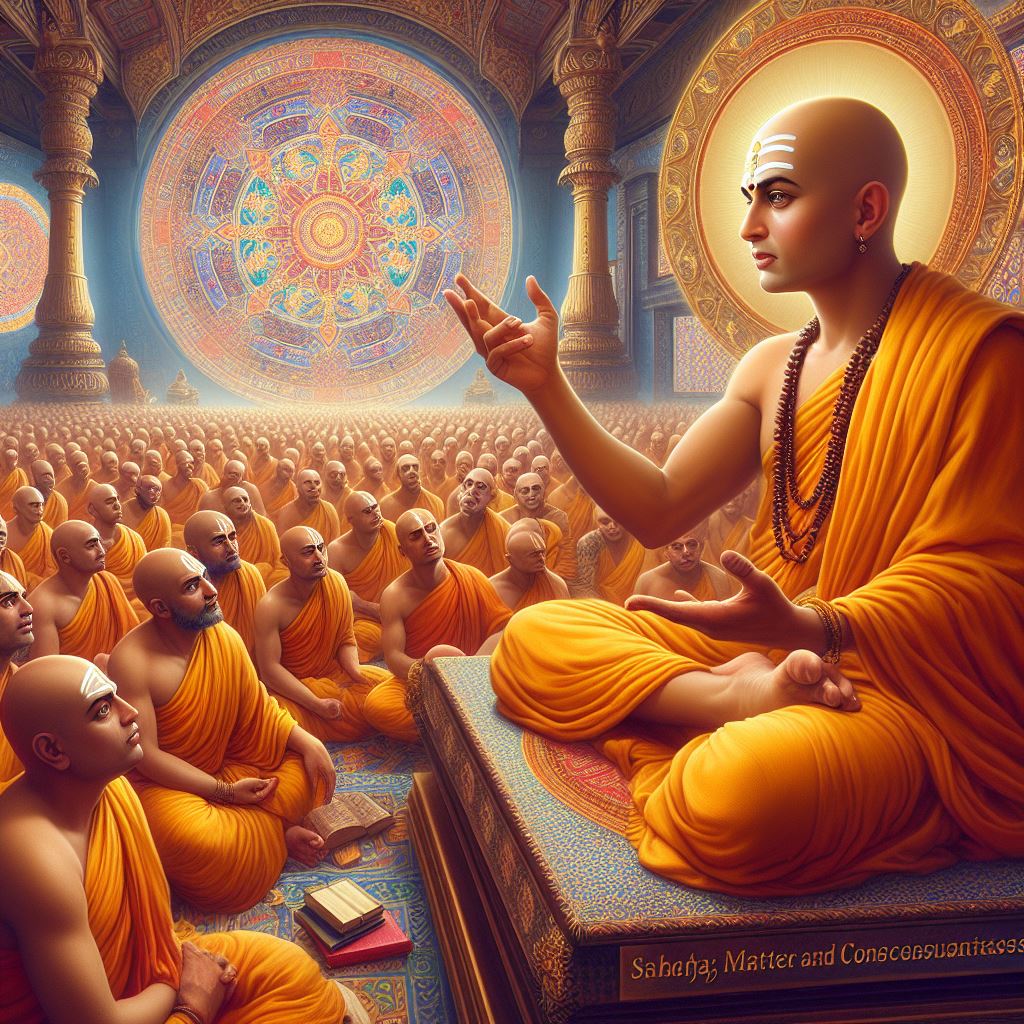
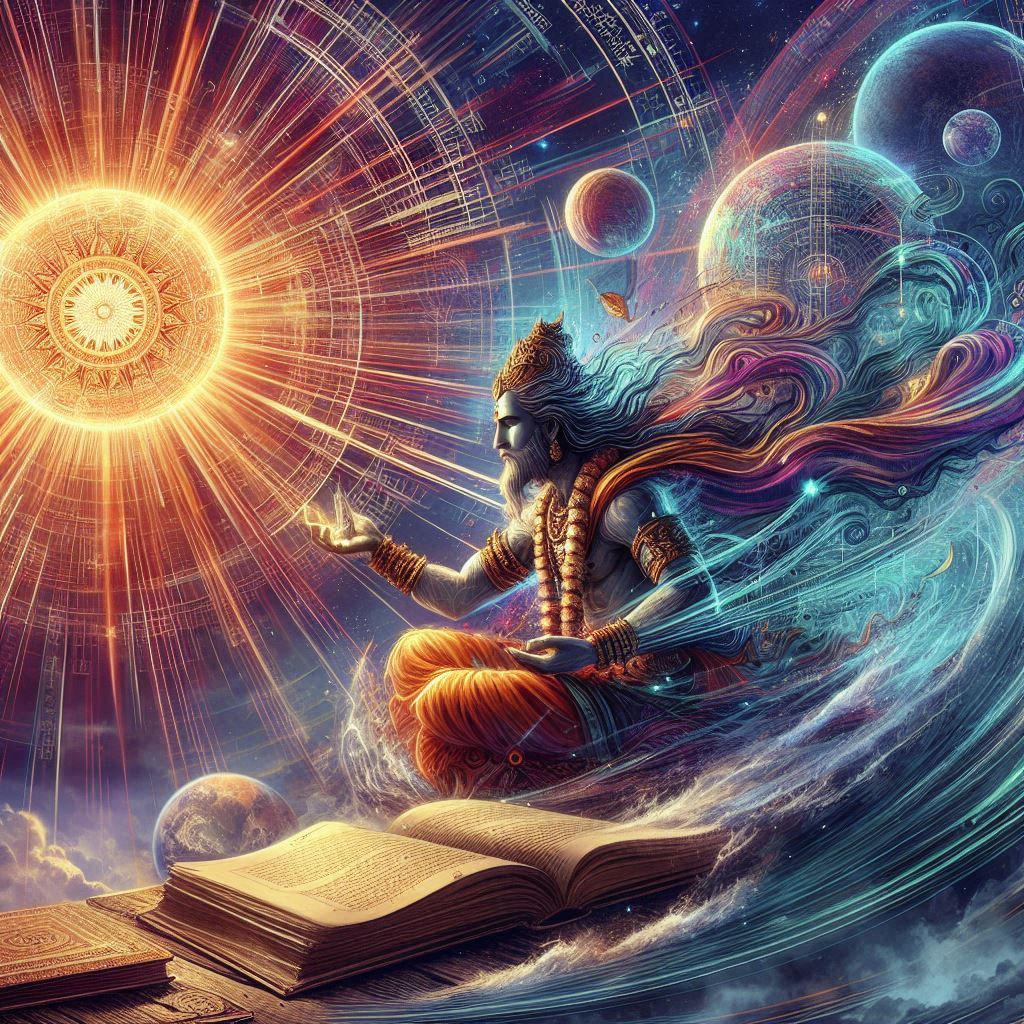
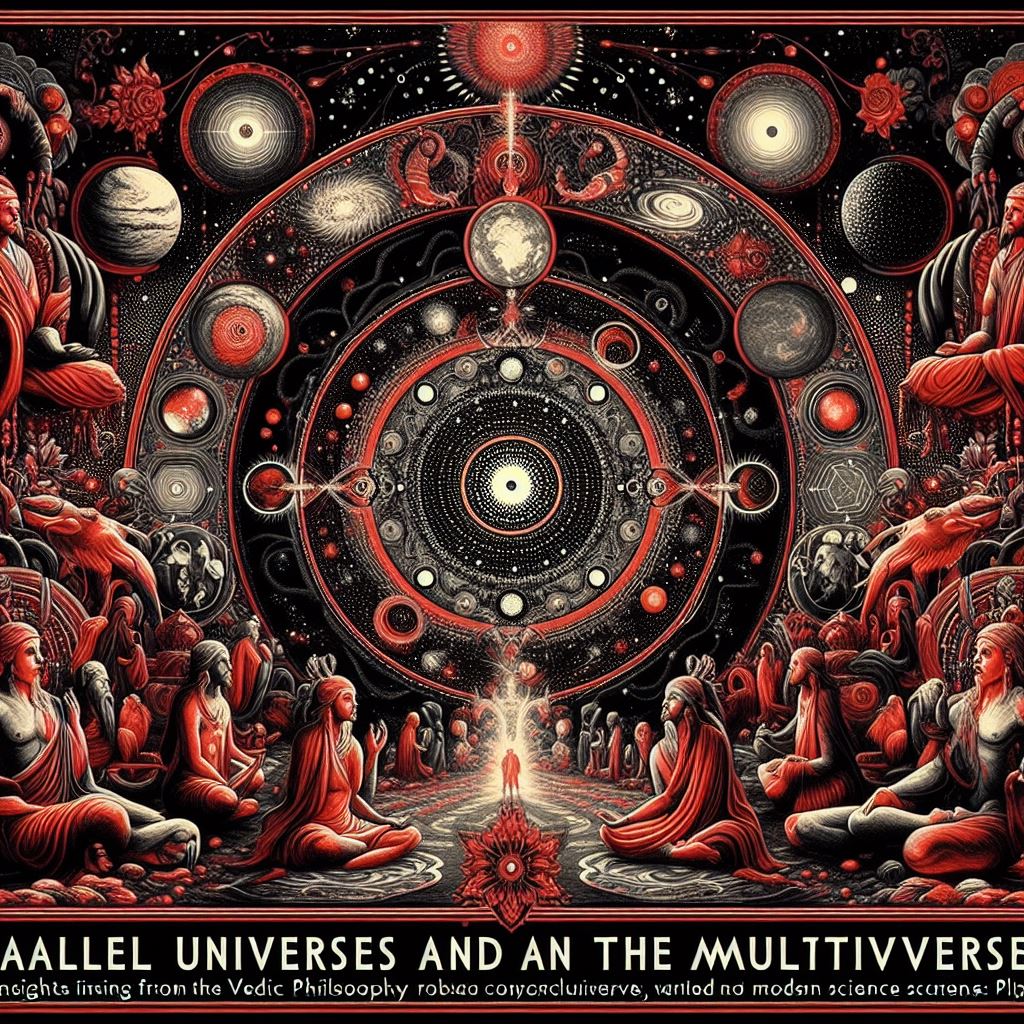
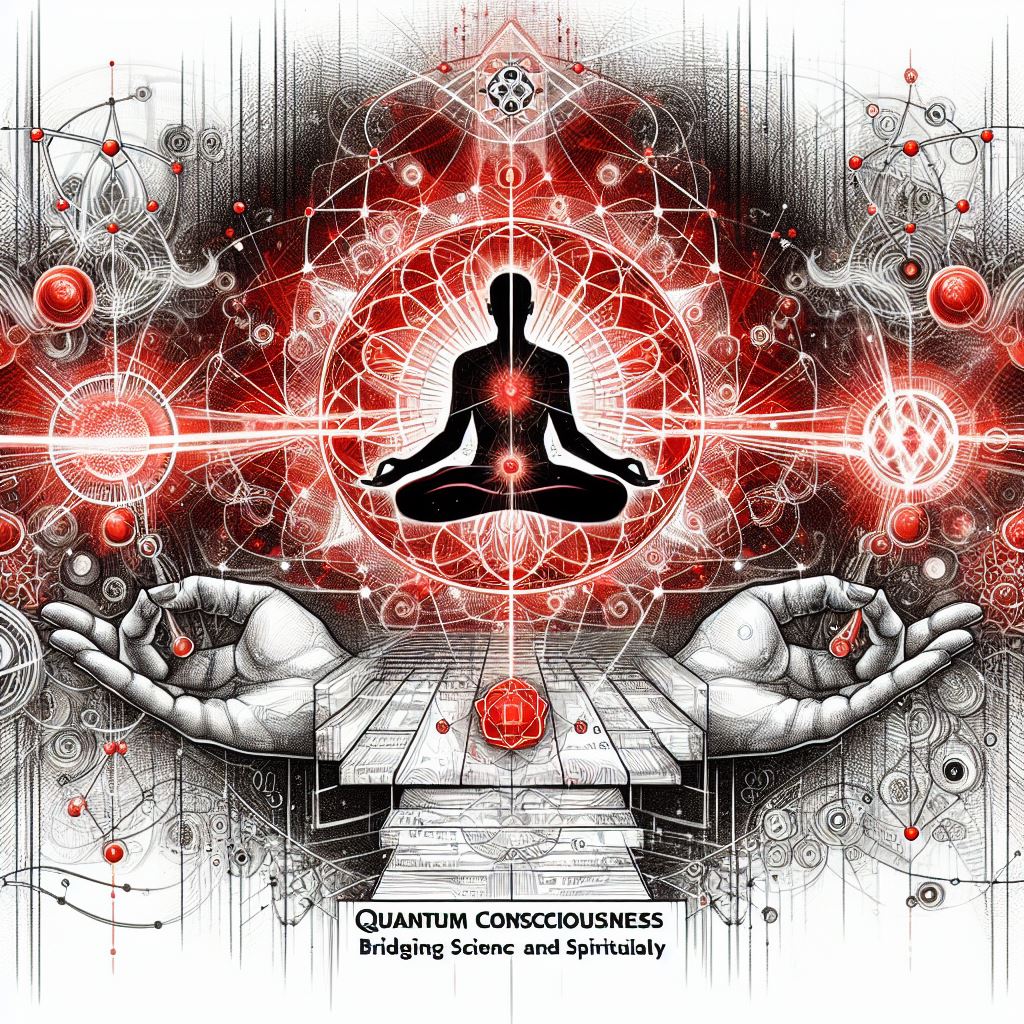
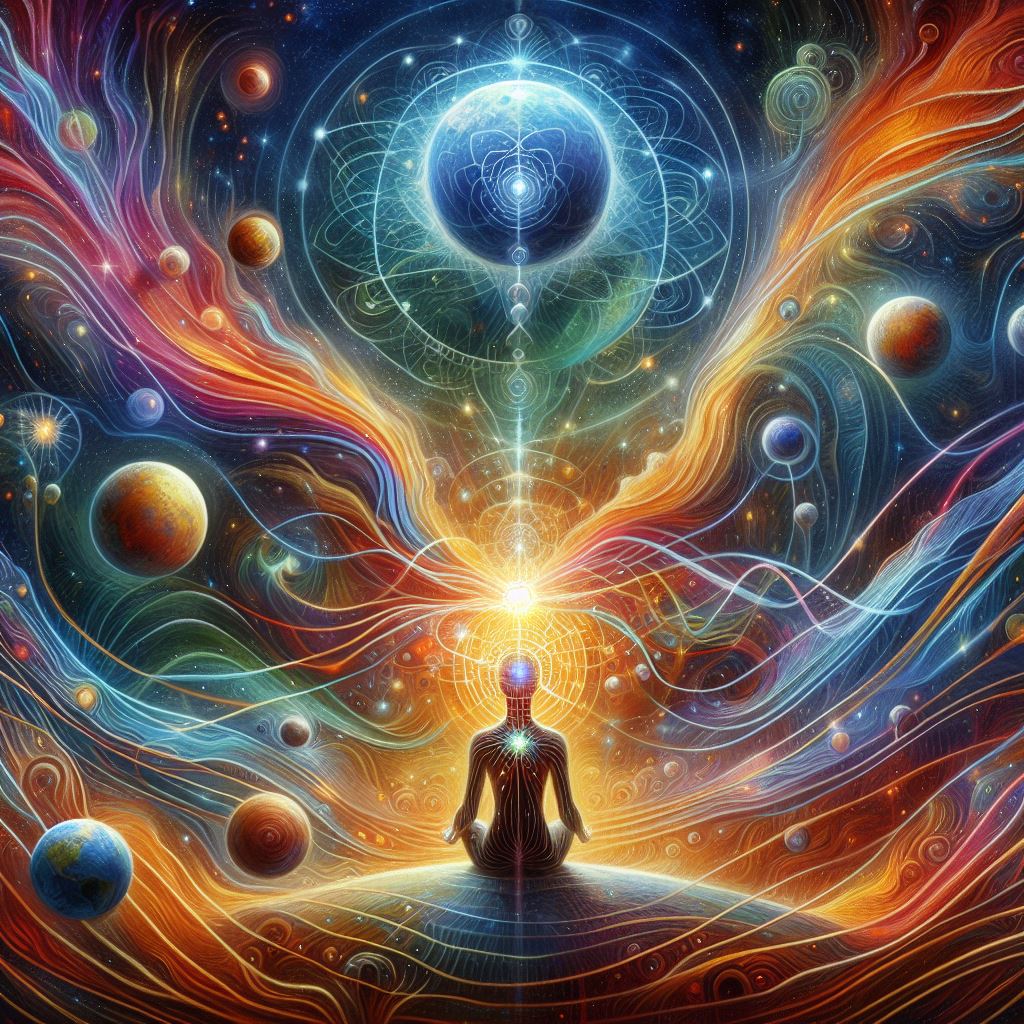
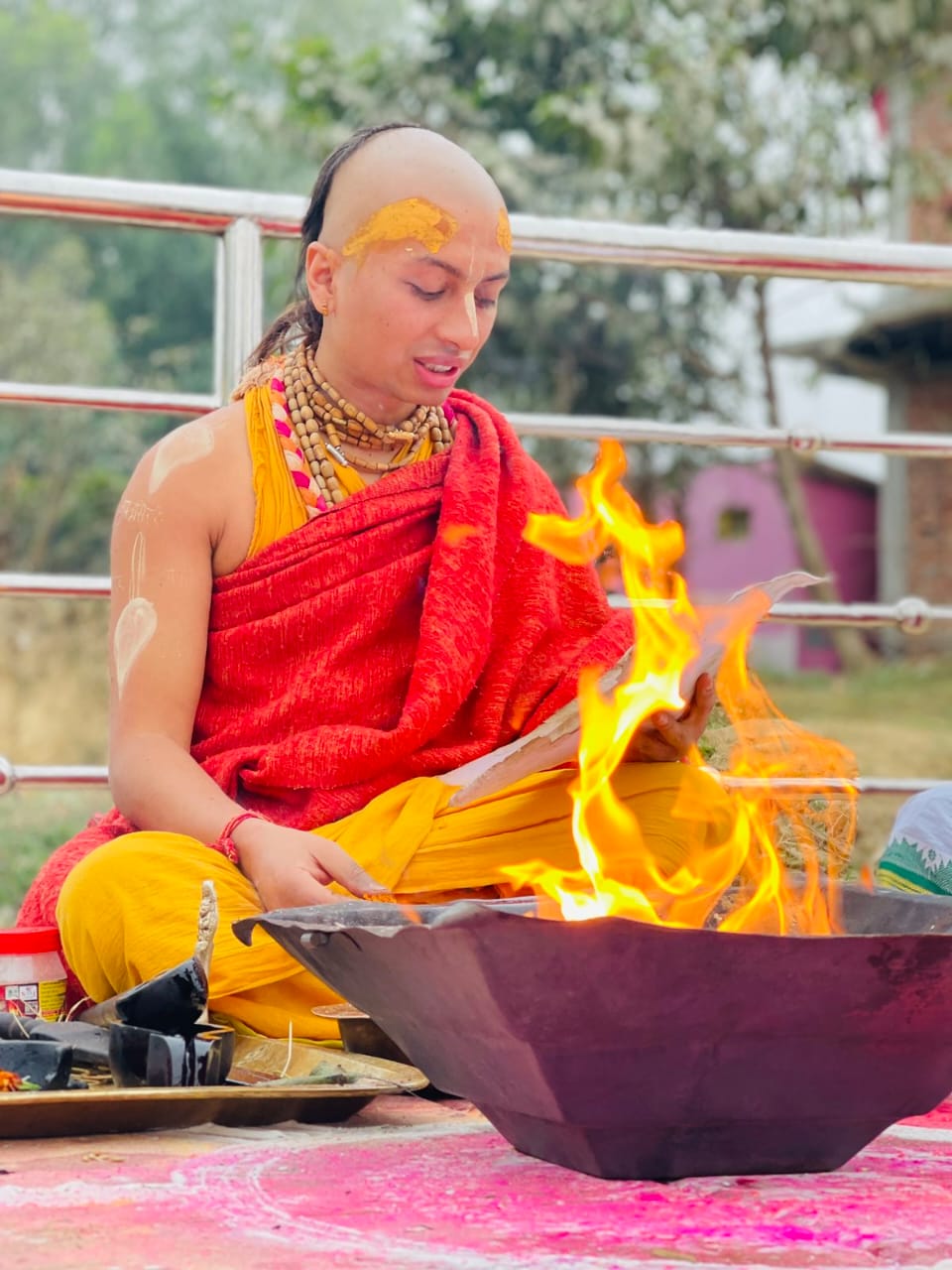
Origin of Science
The Existence of the Soul: Exploring Neuroscience, Quantum Physics and Vedic Philosophy
Temporal Relativity in Vedic Literature: An Interdisciplinary Analysis of Time Dilation Narratives
Acharya Kaṇāda: The Ancient Sage Who Discovered the Atom
Evidence of Vedic Sanātana Hinduism as a Global Dharma
Perception of Quantum Gravity and Field Theory in the Vedas
String Theory as Mentioned in Veda
Sanskrit’s Role in Advancing AI: A Comprehensive Study
The Vedic Model of the Mind: A Contemporary Exploration
Vedic Contributions to Geometry: Unveiling the Origins of Mathematics
Matter and Consciousness in Achintya Bhedābheda: Bridging with Quantum Physics
A Comprehensive Study of Aeroplanes and Aviation in Vedic Literature
Hydrology and the Water Cycle in Vedic Scriptures